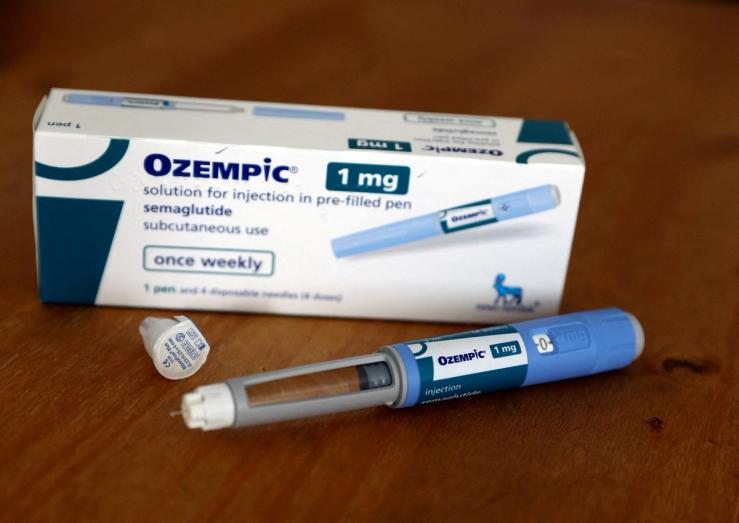The News
A gray market for Ozempic is booming in China which has the world’s largest obese population of more than 200 million adults, The Wall Street Journal reported. Recent speculation about Chinese and American celebrities’ weight loss has cemented Ozempic’s reputation as a “miracle drug” for obesity in China.
Ozempic is only approved for treating diabetes and not weight loss in China, but e-commerce platforms in the country have made it easy for users to buy the drug by merely stating they have diabetes without presenting proof. Ozempic also sells for much cheaper in China, costing around $139 for a monthly dose on JD.com, the Journal reported, compared to more than $900 in the U.S. without insurance.
SIGNALS
Ozempic is cheaper in China because of Beijing’s negotiating power
Ozempic is much cheaper in China than the U.S. because foreign drugmakers have to directly negotiate product prices with the Chinese government to enter its lucrative pharmaceutical market under Beijing’s 2017 initiative to increase access to medicines. This means that drugmakers “need to swallow hefty price cuts” to get their products listed on China’s list of drugs that are covered by state-funded medical insurance, Business Insider reported. While some experts praise the policy to keep medicines affordable, drugmakers worry that slashed prices could hinder research and development costs. However, “the sheer size of China’s [healthcare] market” — the world’s second-largest — means that companies can recoup their research costs, one pharma marketing executive told Insider.
Domestic and American drugs aim to shake up Chinese market
Novo Nordisk’s Ozempic is currently the only foreign-made semaglutide drug approved in China, but both Chinese and American players are hoping to chip away at its regional dominance. As many as 70 similar domestically-produced weight-loss drugs are being trialed in China, the Financial Times reported, and U.S.-based Eli Lilly is awaiting approval from Beijing for its Ozempic rival —Tirzepatide. One analyst told the FT that Chinese rivals would not “make much of a dent” on Ozempic’s sales in China, largely owing to its dominance in the weight loss market. Experts project that in 2031, Novo Nordisk will account for $2 billion of the total of $4.2 billion in estimated sales of weight-loss drugs in China.
China is still dealing with an obesity stigma, particularly for women
A growing body positivity movement in China is seeing a boom in social media influencers advertising plus-size clothing brands, currently estimated to make up a $10 billion industry, according to Hedgehog Commune, a media analytics blog. However, fat shaming is still prevalent in the country, and recent social media trends have promoted unrealistic body expectations, including one that saw adult women squeezing themselves into children’s clothing, according to the China Project. A 2021 report from state-owned lifestyle site Sixth Tone revealed rising eating disorder cases among young females.



